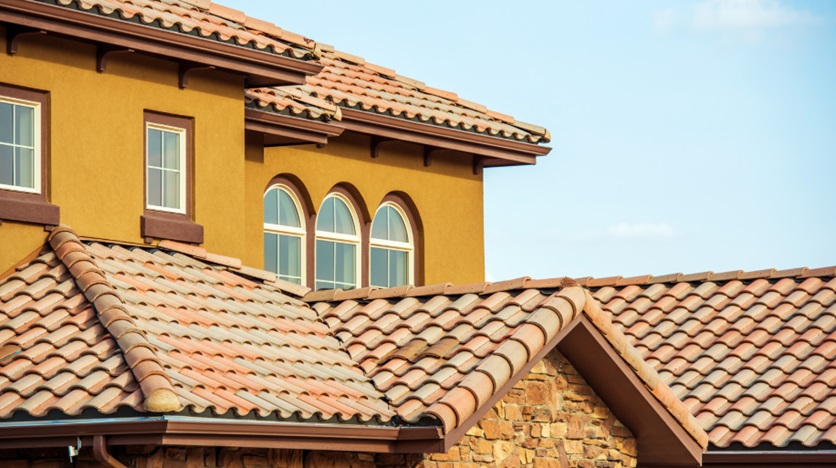
A well-designed roof does more than just top off a house—it protects the structure, contributes to energy efficiency, and adds curb appeal. But what does good roof design actually involve? From pitch to material selection, ventilation to water drainage, there are several elements that only seasoned professionals fully understand. Partnering with a knowledgeable roofer in Marietta ensures every decision about your roof is made with precision and experience.
Let’s explore the key principles behind functional and durable roof design as seen through the eyes of a roofing expert.
Pitch and Slope: The Backbone of Design
The pitch—or angle—of your roof influences nearly every other factor: the type of material you can use, how well it sheds water, and how it stands up to weather. Steeper slopes are better at directing rain and snow away, while low-slope or flat roofs may require specialized membranes and drainage strategies.
An experienced roofer evaluates pitch based on climate, architecture, and local building codes. Matching the correct angle with your chosen roofing material is essential for longevity and performance.
Material Selection Based on Performance and Style
Roofing materials must match both your aesthetic goals and your environmental conditions. Asphalt shingles, for instance, are popular for their cost-effectiveness and versatility, while metal roofs offer durability and energy efficiency. Tile and slate may be ideal for higher-end homes, but they require structural reinforcement due to their weight.
Every selection impacts both short- and long-term costs. Homeowners exploring budgets may consider using a roofing cost calculator to get a general estimate before discussing options with a contractor. However, cost alone should not dictate material choice—durability, weather resistance, and insulation are equally important.
Ventilation: A Silent Workhorse
Good roof design goes beyond what you see from the street. Ventilation plays a crucial role in regulating temperature and moisture inside your attic. Without it, heat builds up during summer, and condensation can form during colder months, leading to mold, warping, and a shorter roof lifespan.
Professional roofers install balanced intake and exhaust vents to support airflow and preserve both the structure and indoor comfort.
Drainage and Water Management
Every roof must be able to handle water runoff efficiently. This involves not only the pitch and slope but also well-placed gutters, downspouts, and drip edges. Improper drainage can lead to water pooling, leaks, and even foundation damage over time.
A professionally designed roofing system incorporates water-shedding strategies from the beginning, helping to avoid costly repairs.
Spotting Early Red Flags
A professionally designed roof is built to last, but problems can still arise, especially if materials are aging or maintenance has been neglected. Homeowners should remain aware of the warning signs that they need to call a roofer, including sagging, missing shingles, granule loss, or daylight visible through the attic. Catching these early helps protect your investment.
Conclusion
A roof is more than a structural necessity—it’s a complex system that requires thoughtful design and professional insight. Whether you’re building new or planning a replacement, working with an experienced roofer ensures that your roof will be safe, efficient, and durable for years to come. From slope to ventilation to drainage, every element matters—and with the right guidance, every element can work in your favor.







